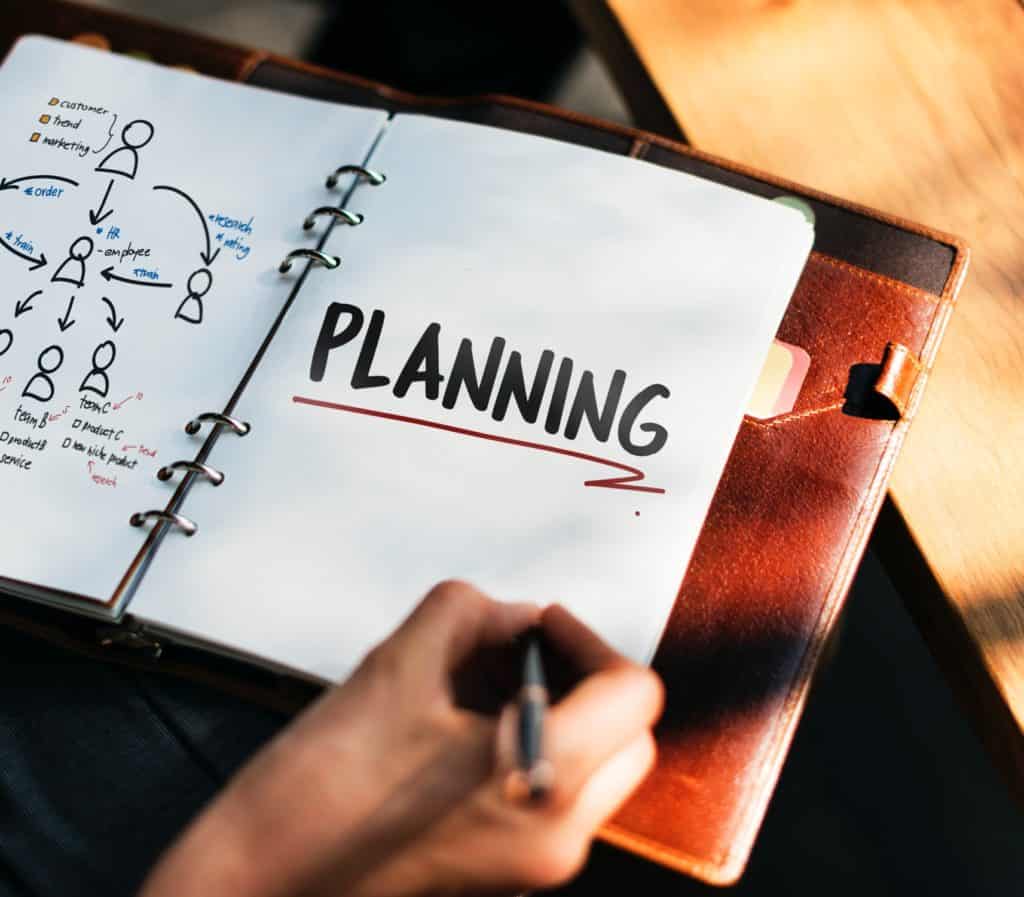
This post is the ninth in a series of posts based on the “Best Practices for School Auctions” whitepaper from the Greater Giving Fundraising Excellence Series. Each new post covers the unique challenges school auction planners face, and how to overcome those challenges. Read additional articles: School Auctions Series.
Gathering items for your school auction or any auction for that matter involves more than just asking people to donate stuff.
If you create a sound strategy, you can leverage your efforts and build on them over time. After all, you hold your school auction every year—you don’t want to have to reinvent the wheel each time.
Planning Your Procurement Strategy
Good planning leads to success. Part of that planning is learning from past experience:
- Get feedback from staff on the past procurement process and where it can be improved.
- Look at last year’s auction and identify which items sold and for how much.
- Survey guests to find out what they want to buy.
- Survey parents or hold a recap meeting to get feedback.
- Note recurring donations that will end when the parents’ child leaves the school and identify replacement donors.
- List items that take longer to procure so you can start early to obtain them.
- Assign specific goals to committee members to avoid duplication of effort.
- Build incentives and rewards into your procurement plan.
Executing Your Procurement Strategy
Once you’ve got a plan in place, you’ll want to implement it with efficiency:
- Repeat items that sold well last year.
- Reach out to last year’s donors and ask them to repeat—or increase—their donation.
- When soliciting from local merchants, have their regular customers ‘make the ask.’
- Set a firm timeline and stick to it.
- Enforce your cut-off date to avoid foot-dragging and make sure you have enough time to prepare and/or package the items for the event.
- Swap a local destination package with a school in another city to drive up the price.
- Consignment is OK if you need to augment your items and you understand the terms of the consignment.

Tracking Your Progress
Once things get going and you have volunteers approaching businesses all over town, you’ll need a way to keep track of it all. You’ll also need to communicate efficiently with your team so they know if their target donors have made their donation.
If you have Greater Giving Event Software, this becomes very easy. Just run your procurement reports and post them on your event intranet site. That way everyone can see who has donated and how close you are to your goals.
You can also use Greater Giving Event Software to generate a list of past donors who have not yet donated this year. Divide up this list among your parent volunteers to make the pitch. It’s much easier for people to say “yes” if they’ve donated before. With an easy win like this, your volunteers will be motivated to go out and get more donations.
What’s Your Experience?
How do you plan your procurement process? What is the best way to figure out what worked well in the past and what to avoid? What methods do you use for keeping things on track? Share your experiences in the comments below. Your insights are valuable.
